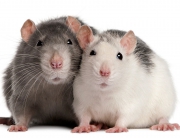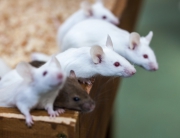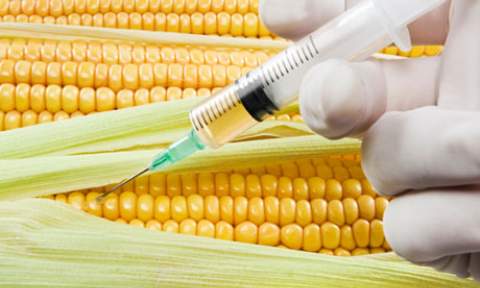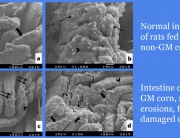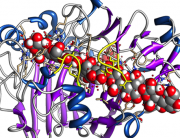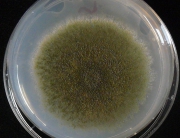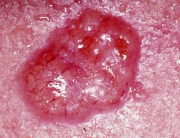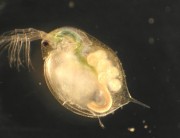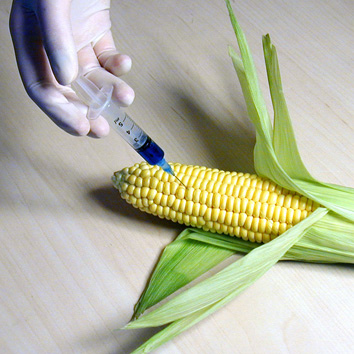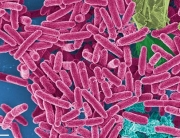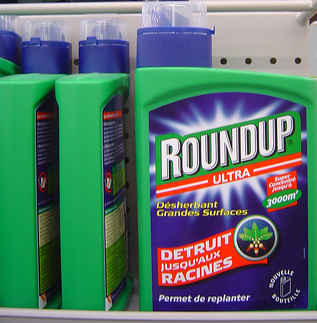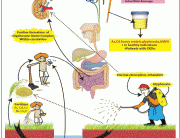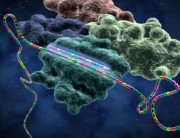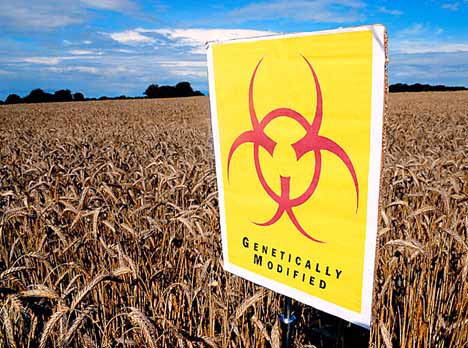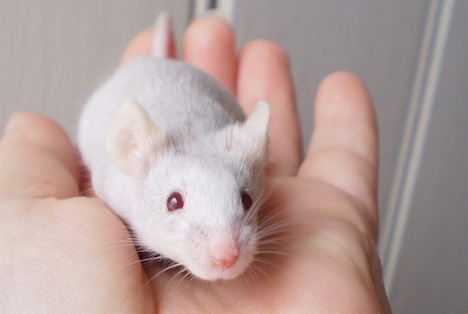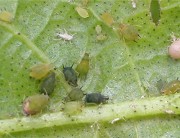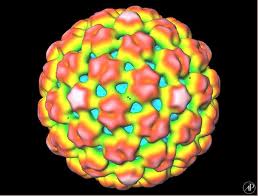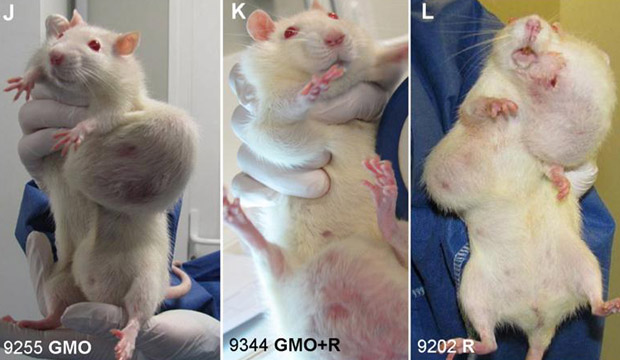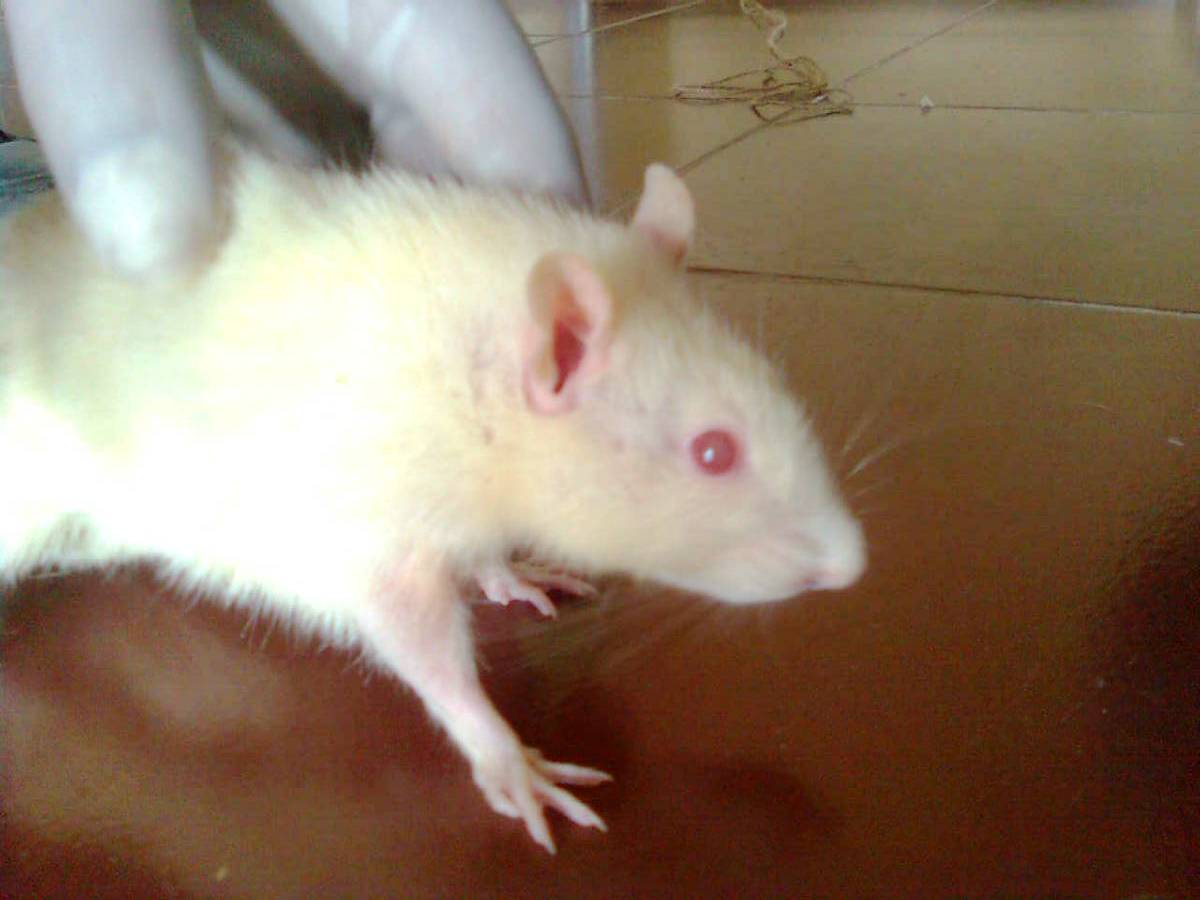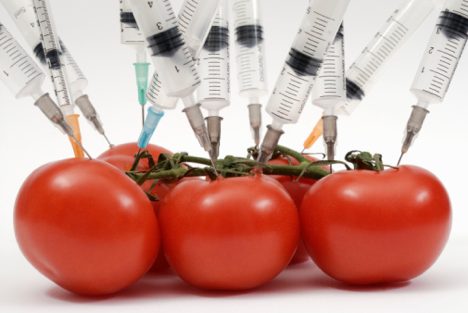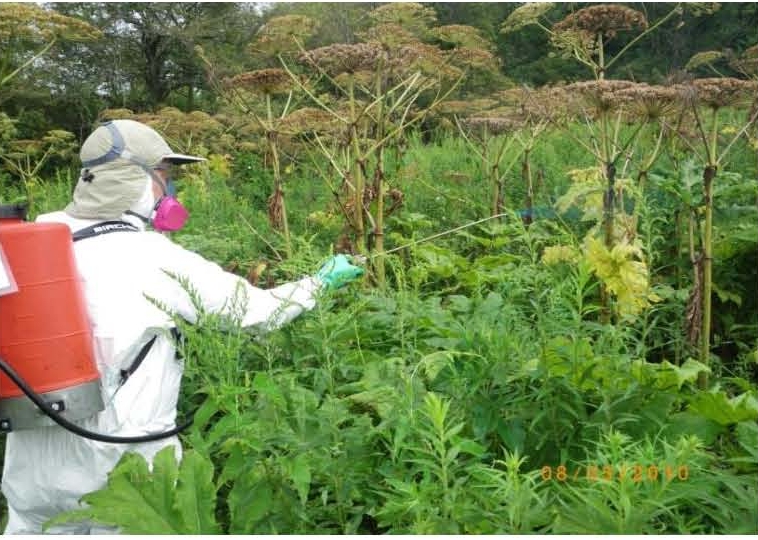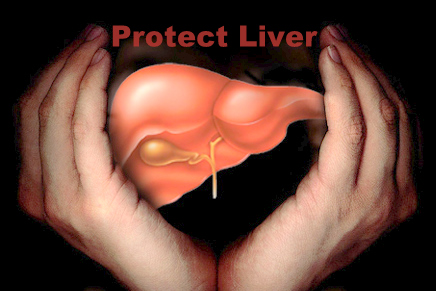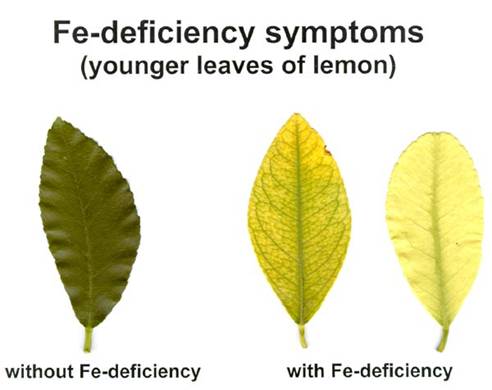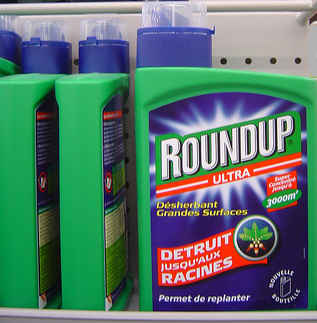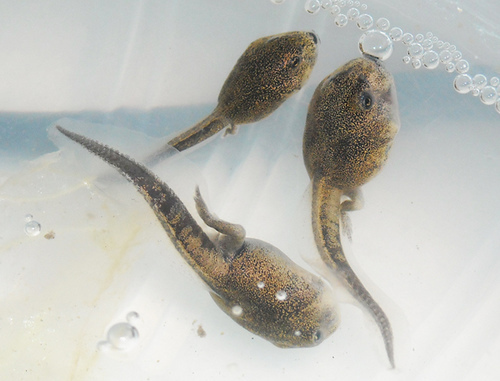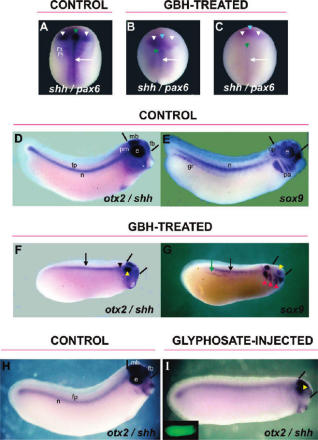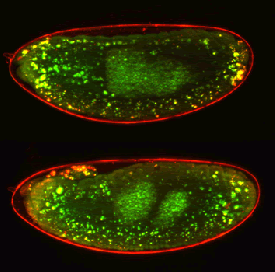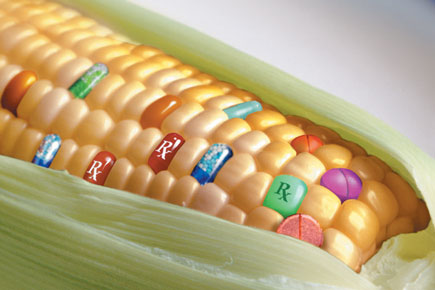A new ground-breaking peer-reviewed study has been published in Environmental Health Journal that shows the levels of glyphosate-based herbicides which the general public are commonly exposed to in drinking water, altered the gene function of over 4000 genes in the livers and kidneys of rats.
Transcriptome profile analysis reflects rat liver and kidney damage following chronic ultra-low dose Roundup exposure
Full Paper: http://www.ehjournal.net/content/14/1/70
Authors: Robin Mesnage, Matthew Arno, Manuela Costanzo, Manuela Malatesta, Gilles-Eric Séralini and Michael N. Antoniou
Abstract:
Background
Glyphosate-based herbicides (GBH) are the major pesticides used worldwide. Converging evidence suggests that GBH, such as Roundup, pose a particular health risk to liver and kidneys although low environmentally relevant doses have not been examined. To address this issue, a 2-year study in rats administering 0.1 ppb Roundup (50 ng/L glyphosate equivalent) via drinking water (giving a daily intake of 4 ng/kg bw/day of glyphosate) was conducted. A marked increased incidence of anatomorphological and blood/urine biochemical changes was indicative of liver and kidney structure and functional pathology. In order to confirm these findings we have conducted a transcriptome microarray analysis of the liver and kidneys from these same animals.
Results
The expression of 4224 and 4447 transcript clusters (a group of probes corresponding to a known or putative gene) were found to be altered respectively in liver and kidney (p < 0.01, q < 0.08). Changes in gene expression varied from −3.5 to 3.7 fold in liver and from −4.3 to 5.3 in kidneys. Among the 1319 transcript clusters whose expression was altered in both tissues, ontological enrichment in 3 functional categories among 868 genes were found. First, genes involved in mRNA splicing and small nucleolar RNA were mostly upregulated, suggesting disruption of normal spliceosome activity. Electron microscopic analysis of hepatocytes confirmed nucleolar structural disruption. Second, genes controlling chromatin structure (especially histone-lysine N-methyltransferases) were mostly upregulated. Third, genes related to respiratory chain complex I and the tricarboxylic acid cycle were mostly downregulated. Pathway analysis suggests a modulation of the mTOR and phosphatidylinositol signalling pathways. Gene disturbances associated with the chronic administration of ultra-low dose Roundup reflect a liver and kidney lipotoxic condition and increased cellular growth that may be linked with regeneration in response to toxic effects causing damage to tissues. Observed alterations in gene expression were consistent with fibrosis, necrosis, phospholipidosis, mitochondrial membrane dysfunction and ischemia, which correlate with and thus confirm observations of pathology made at an anatomical, histological and biochemical level.
Conclusion
Our results suggest that chronic exposure to a GBH in an established laboratory animal toxicity model system at an ultra-low, environmental dose can result in liver and kidney damage with potential significant health implications for animal and human populations.






